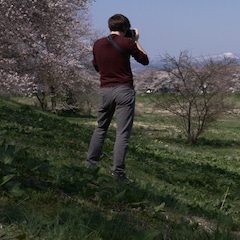Taste the Bounty of Land & Sea in Hachinohe
Tucked away in the southeastern part of Aomori Prefecture is the seaside city of Hachinohe. While I was blown away by the kindness of the people, the food and drinking culture left me both supremely satisfied, and hungry for more.
By Nicholas RichYoshitsune Nabe — Two Great Tastes That Taste Great Together
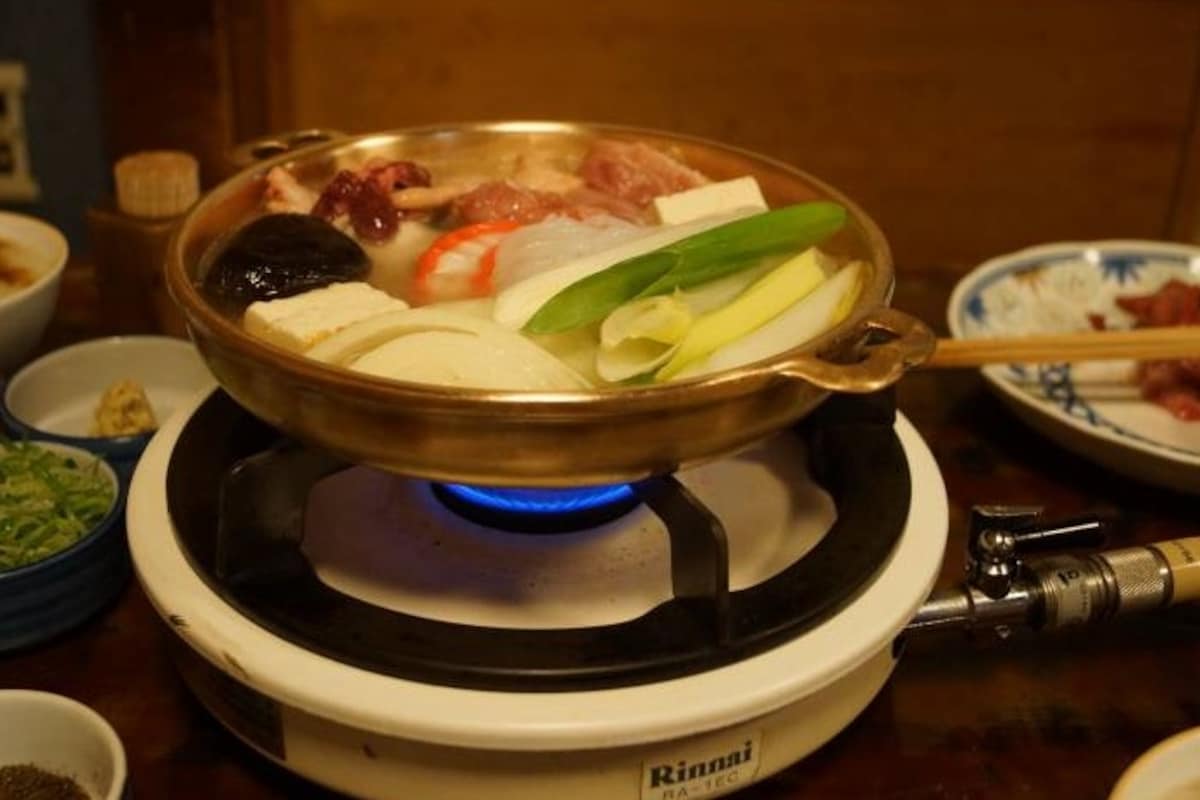
http://www.japantimes.co.jp/
Nabe (literally, "pot") is a broad term for a family of dishes that are essentially a Japanese hot pot, heated over a portable gas stove. These stews are extremely popular in the winter time, and have a variety of different soup bases as well as a huge range of ingredients sure to suit any craving, be it vegetarian, offal or anywhere in between. Hachinohe’s Yoshitsune nabe is a different take on this classic dish.

Minamoto Yoshitsune was the half brother of Minamoto Yoritomo, the founder of the Kamakura Shogunate, as well as a famed swordsman who is widely popular even today. This incredibly brief introduction serves as explanation of the unique shape of the cooking vessel of Yoshitsune nabe, said to be inspired by the shape of Yoshitsune’s helmet. There is a pot in the center for stewing vegetables in the soup base, and small grills on the side for cooking meats in the style of yakiniku, Japanese barbecue. As a result, diners get the best of both worlds!
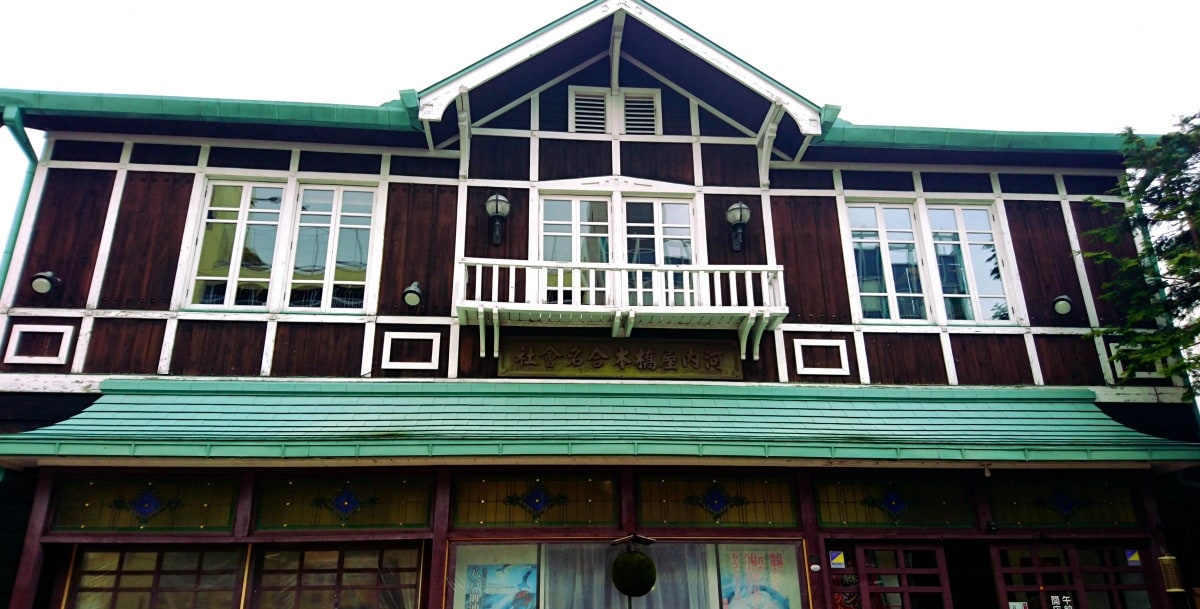
To sample this mouth-watering hybrid, I visited Hokoruya, an old Hachinohe establishment famous for Yoshitsune nabe. Kind enough to open on their day off, Hokoruya provided a collection of fresh leafy greens, earthy mushrooms and silky tofu to stew in the delicate soup broth made from chicken stock.
The meats were a trio of local specialties: succulent shamrock chicken, well-marbled northern beef, and the regional crowd pleaser, horse (like beef, though leaner and slightly gamey). The meal was accompanied by an assortment of tsukemono (Japanese pickles), miso soup with fresh clams, a bowl of rice and green tea. It was an unforgettable meal made even more fun thanks to the interactivity.
Plenty of Fish in the Sea
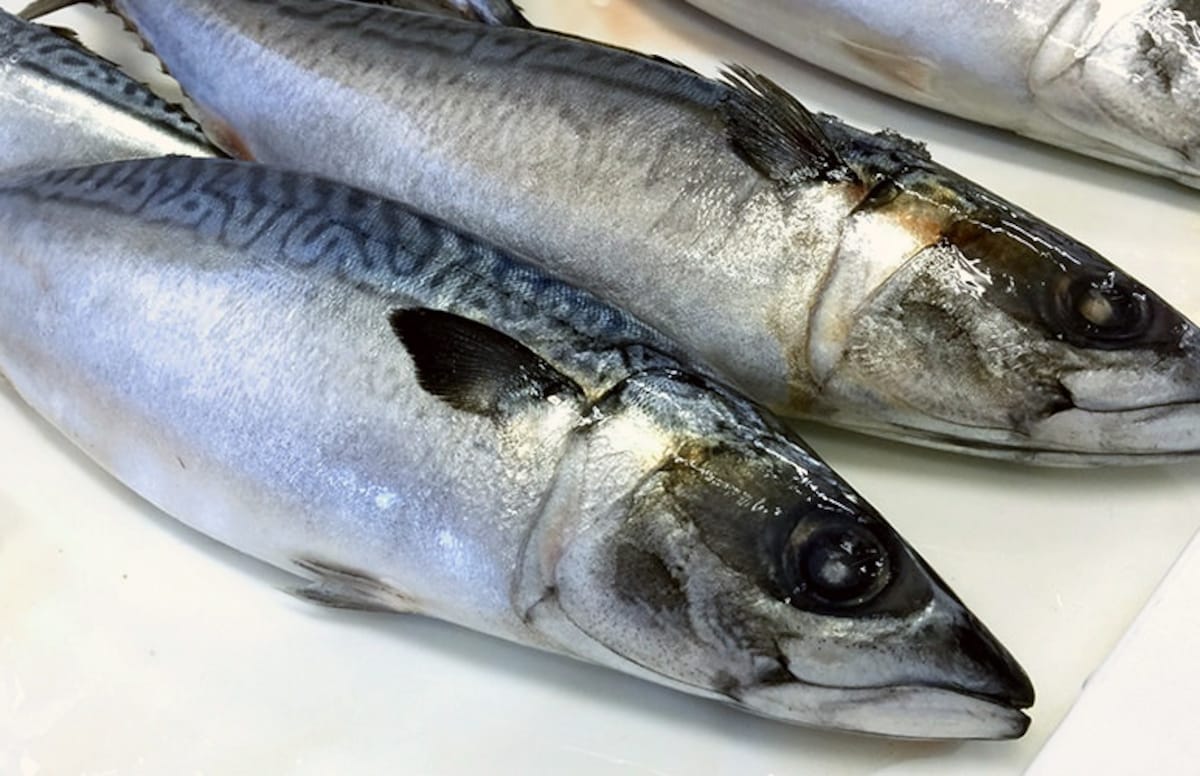
https://www.saba-marukane.com/
As I mentioned before, Hachinohe is a seaside city and has a bustling port that pulls in some of the largest volumes of fresh seafood in the country. While plenty of favorites like squid, scallops and tuna are available, the crowned king of Hachinohe’s hauls is saba, the Scomber japonicus (also known as the humble mackerel). I’ve never been a particular fan of mackerel (to be honest, I usually associate it with an overwhelming fishiness), but as with so many other things, my short time in Hachinohe has made me a believer.
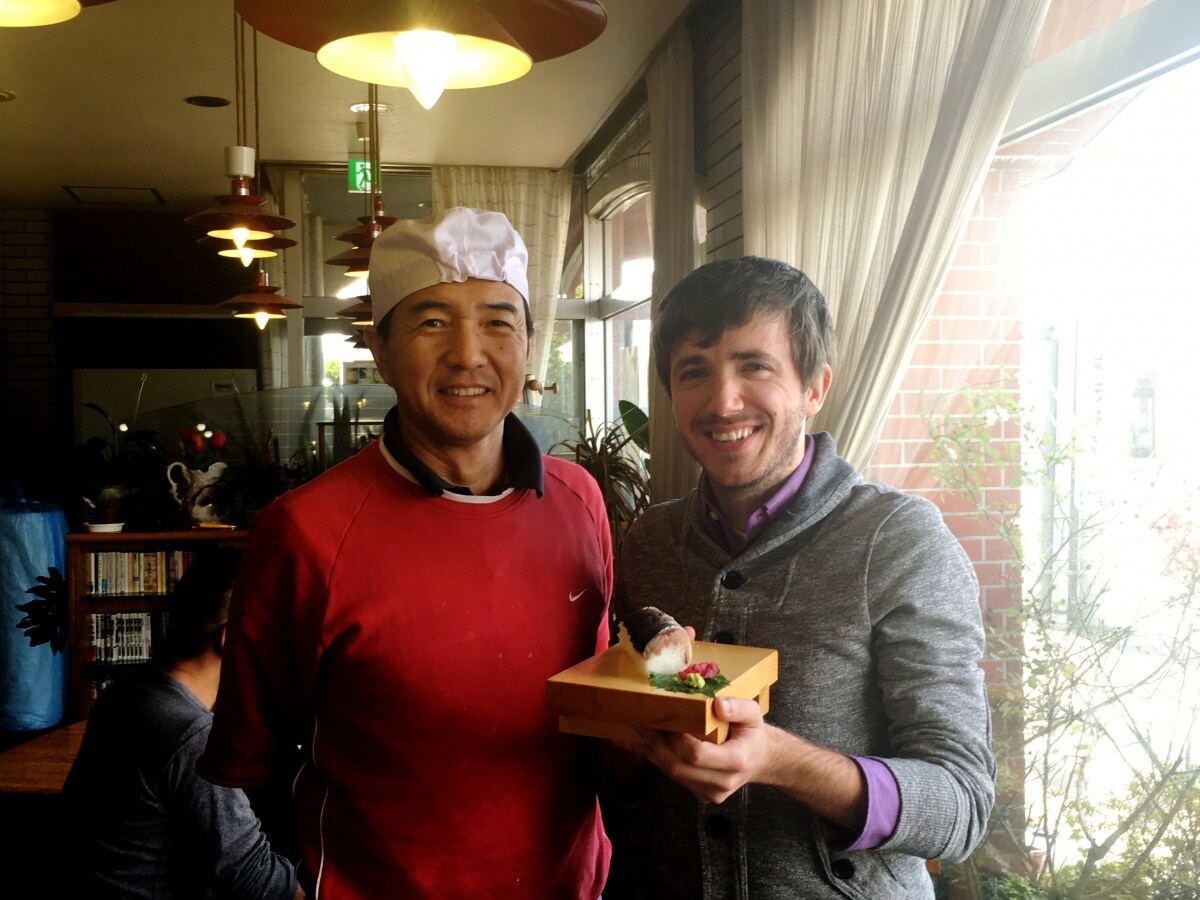
I visited the Hachinohe New City Hotel, where the masterful chef Taniguchi serves up saba bo zushi lunch sets, complete with side salad, pickled apricot, tofu and, of course, senbei jiru at the hotel's restaurant, Nanae. Bo zushi refers to sushi made from marinated or grilled fish pressed onto sushi rice, served in a special box.
The rich, meaty cuts of mackerel tasted as beautiful as they looked; they'll practically melt in your mouth.
The sheer quantity of food made it almost impossible to finish, and the staff was happy to box it up in a meticulous package (complete with its own original manga on the inside). When I ate the leftovers several hours later, it still tasted like an unbelievable dream. It’s no stretch to say that it was the best sushi I’ve had in my entire life.
There are many other delicious ways to eat saba as well. During a tour of the New City Hotel’s kitchen I was given a sampling of saba no misozukuri, stewed in classic Japanese miso.
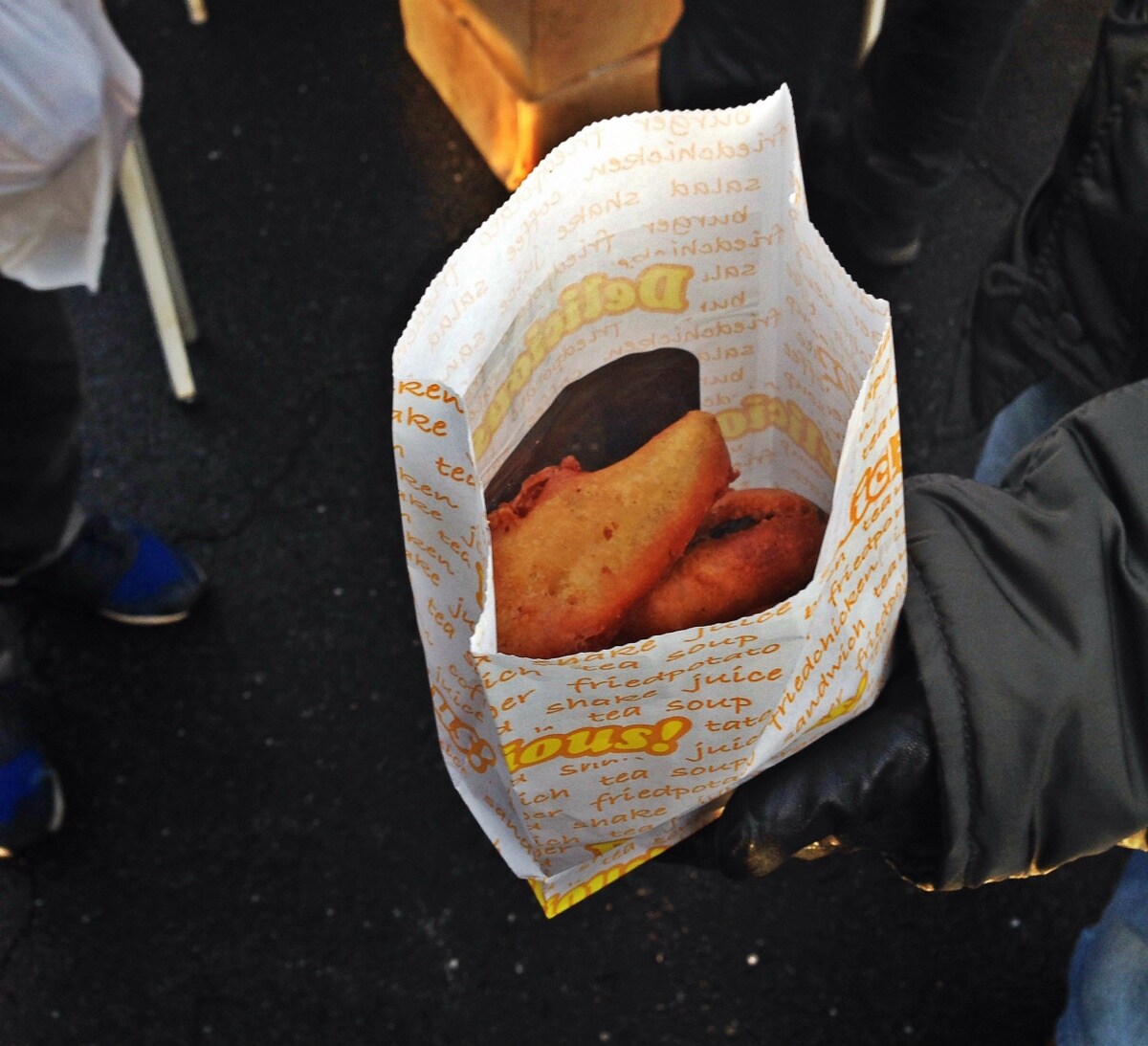
The following day, I also had a croquette filled withsaba that was deep-fried to crispy perfection. They also had a version that was filled with warm, gooey rice. If there’s a wrong way to eat it, the people of Hachinohe haven’t found it.



